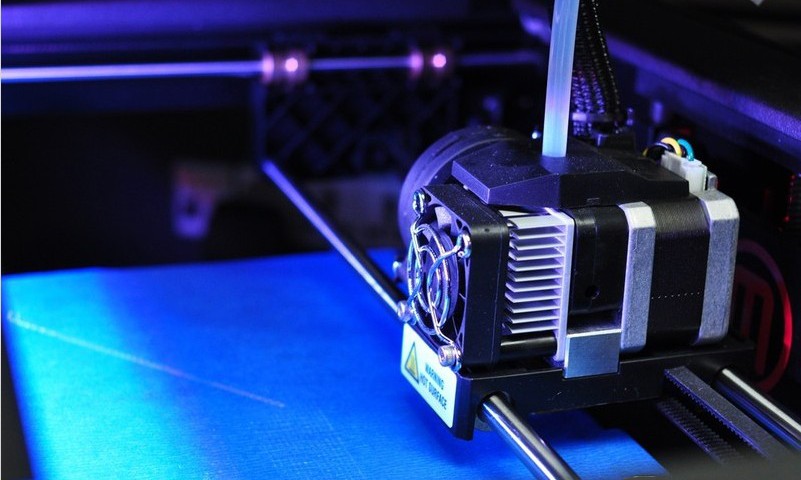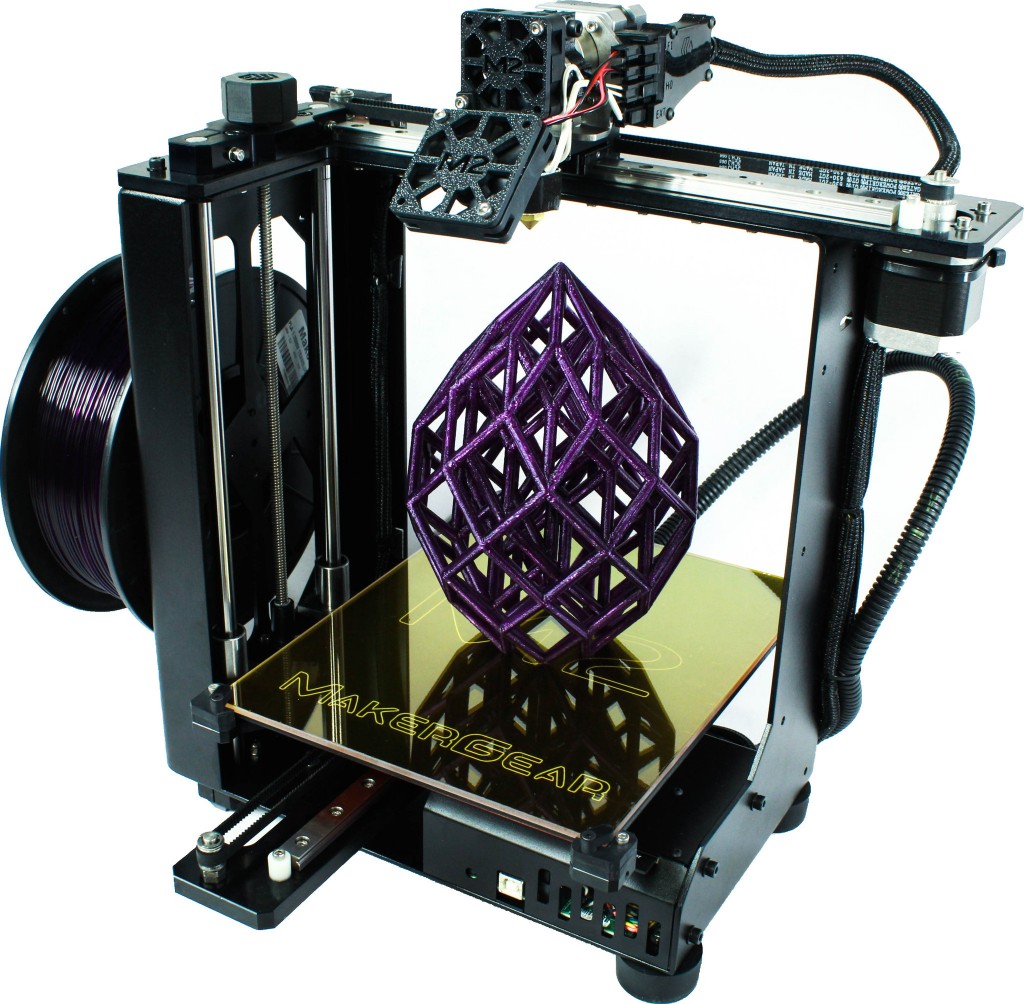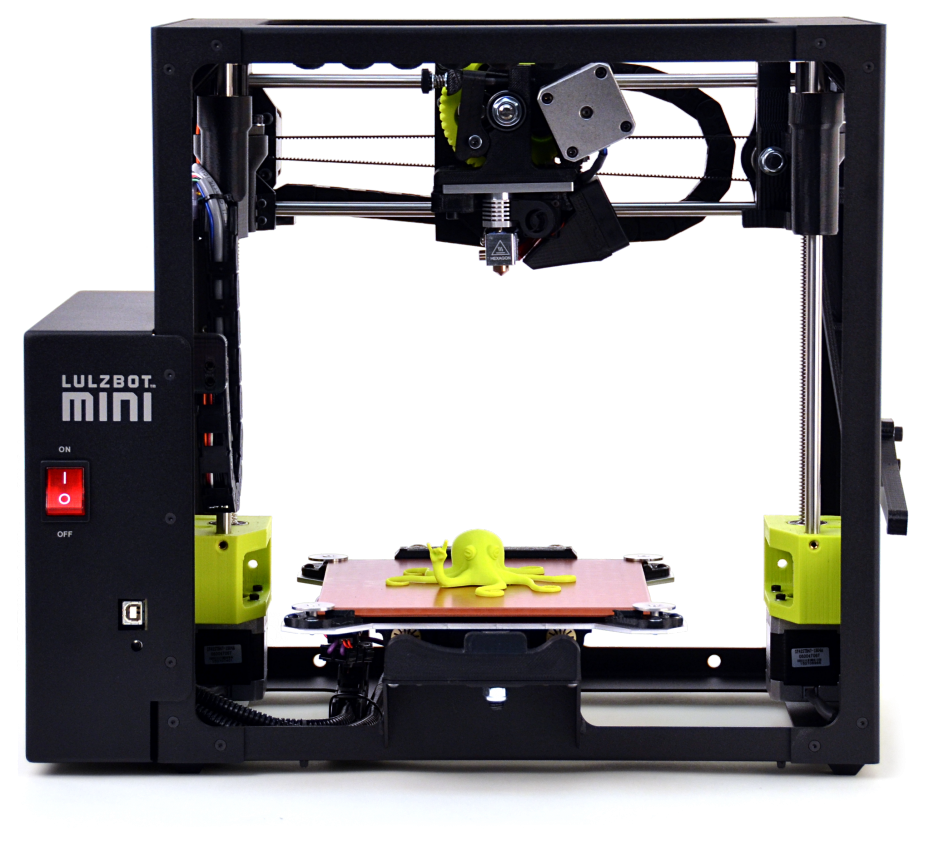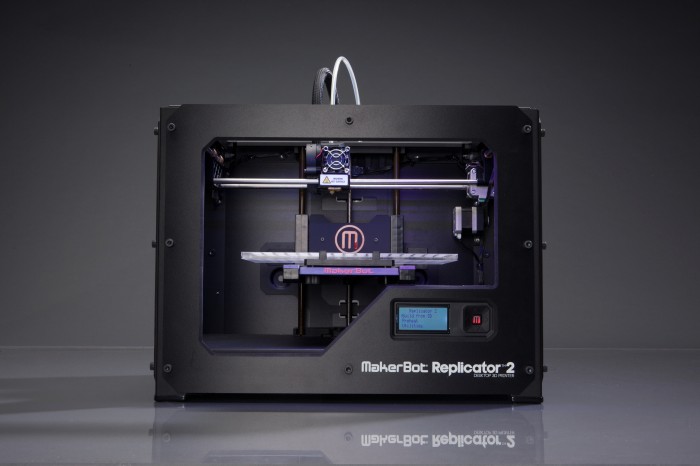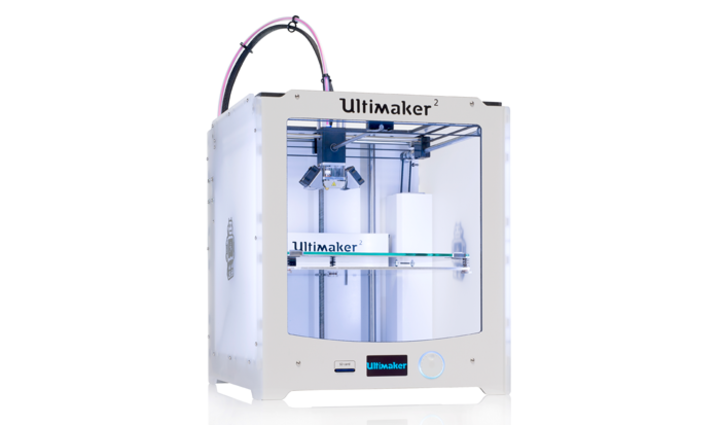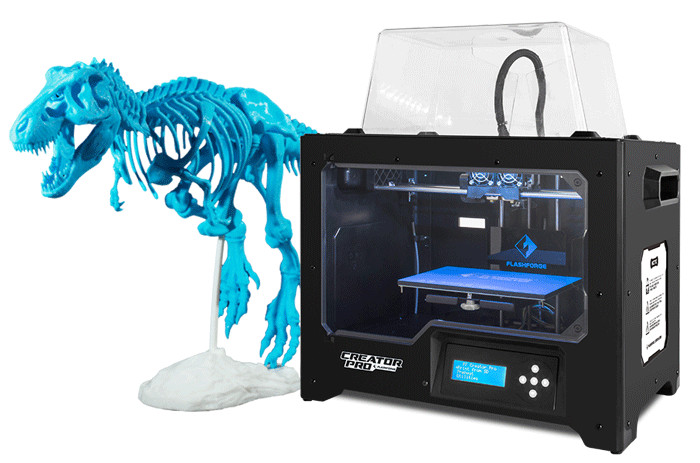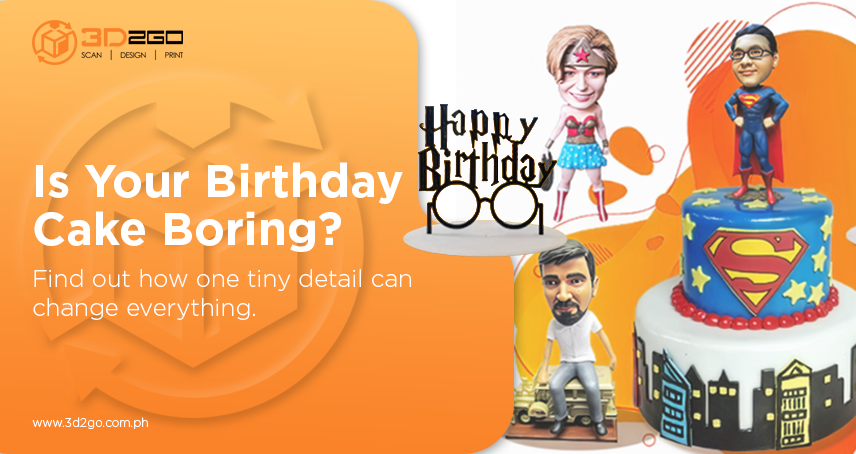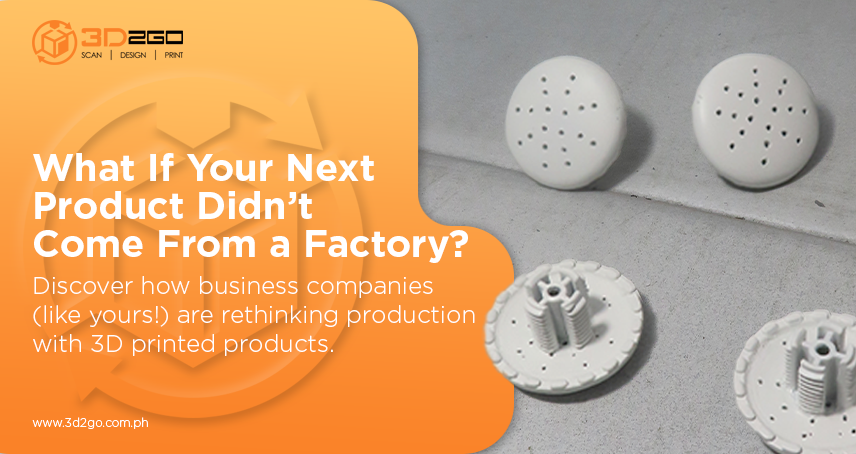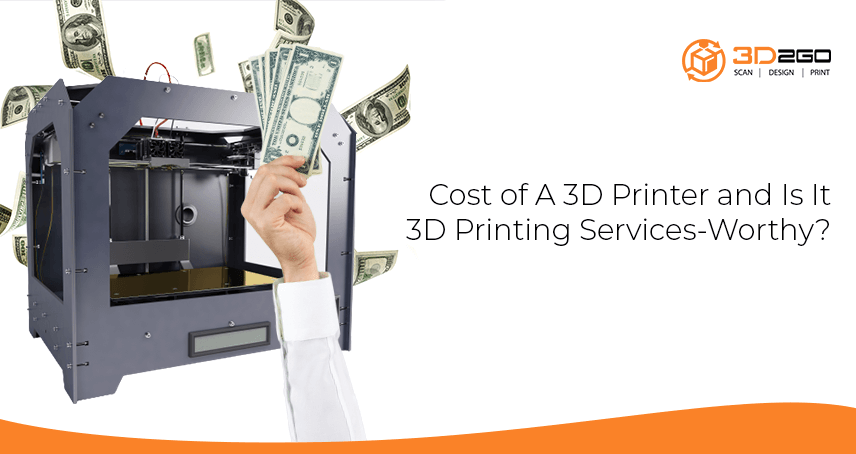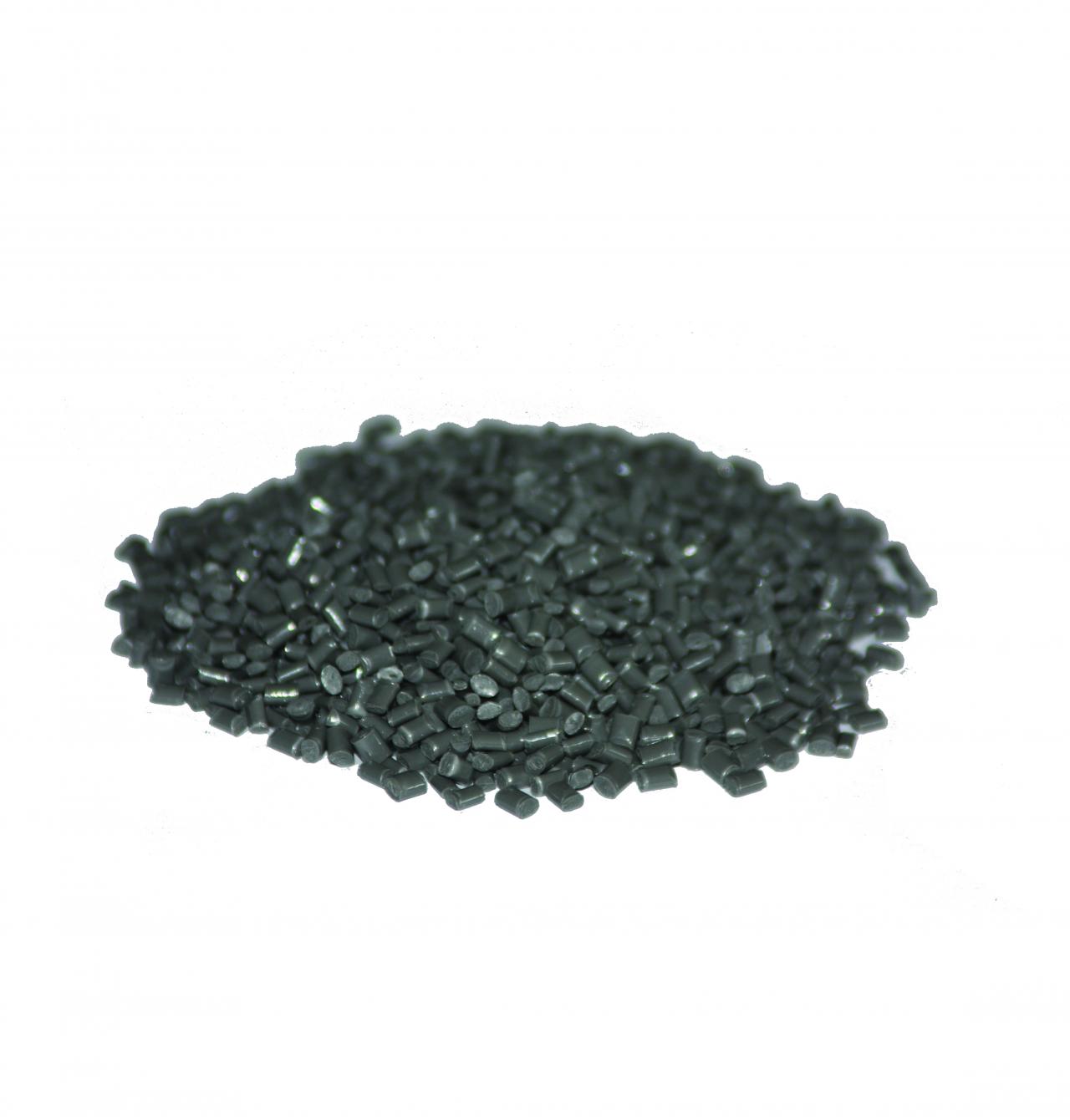
What Basic Material Should You Use For 3D Printing?
June 7, 2022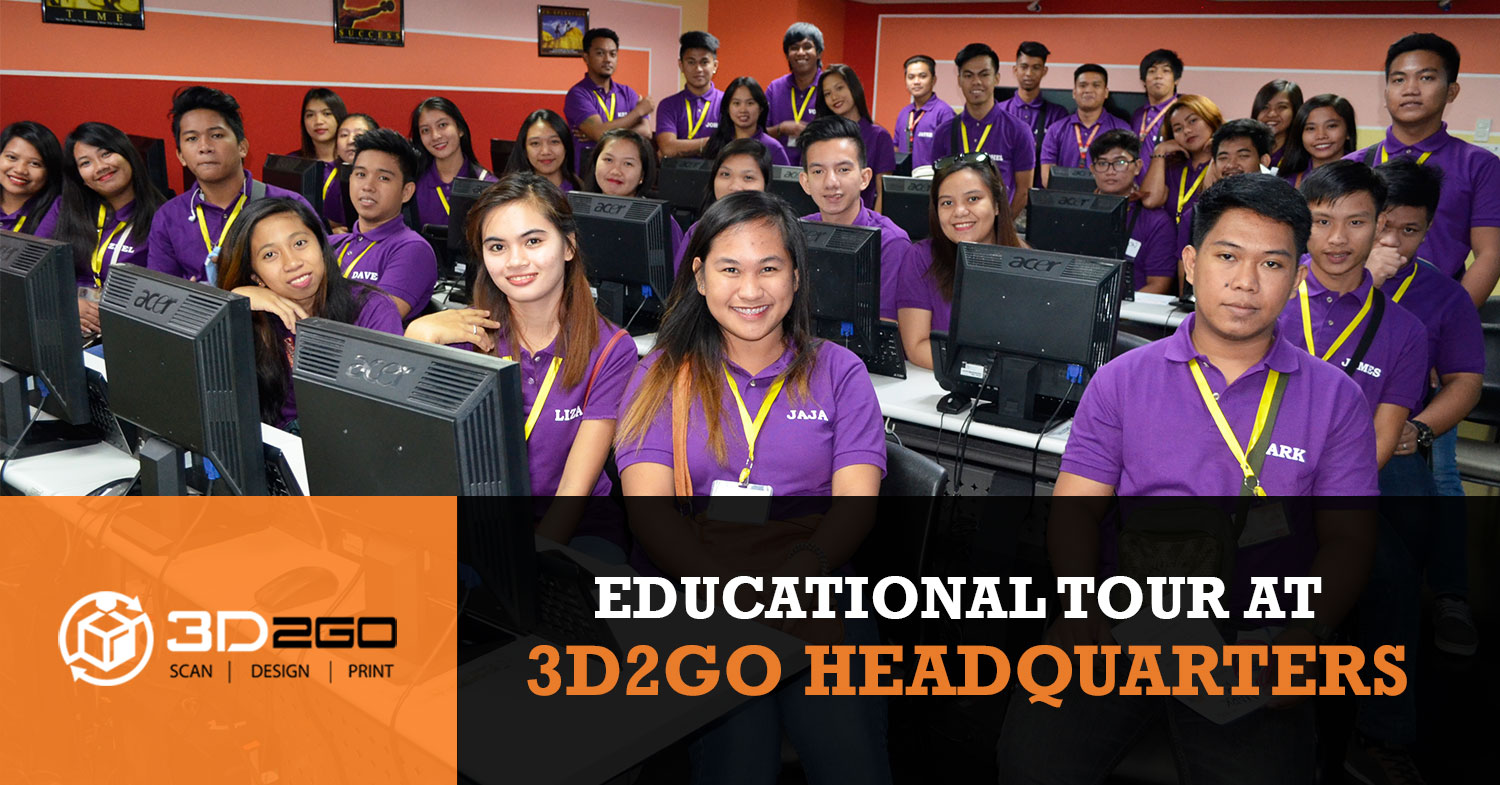
University of Cagayan Valley Visits 3D2GO Office
June 7, 2022In the last few years, 3D printing has transformed from a niche market to a mainstream sensation, with over 150 models currently available. 3D printing is a manufacturing technique that allows you to create a physical object from a digital design by adding layer upon layer of material. It starts with a design document, and from there the printing process varies. Some desktop printers melt plastic onto a print platform, while larger industrial machines use lasers to melt metal precisely.
Importantly, different new 3D printers support different materials, from plastic to metals to sandstone. And the list of supported materials is growing every year.
3D printers allow you to create complex 3D designs easily at a low fixed cost. Prototyping is quick, and every item can be customized. However, large production runs more expensive than traditional manufacturing, and the end product tends to be of limited strength and with lower precision.
If you’re still unsure about which type of 3D printer might work for you, here are our five best 3D printer picks that will have you creating objects in no time.
Makergear M2
The Makergear M2 is a professional–level 3D printer praised for its all-round solid engineering. It has a build area of 254 x 202 x 203 mm, and a minimum layer height of 20 microns. It’s a standard FDM printer best suited for ABS and PLA, and comes pre-assembled, but it also has a wealth of upgrades and potential tweaks that allows it to become your perfect 3D printer.
It’s not the easiest of 3D printers to get started with and it’s pretty noisy, so it may not be the best choice if this is your first 3D printer. Once you have the M2 calibrated, it produces consistent high quality prints at a fast speed. As it’s an open platform, you are free to use the software of your choice which names it as a clear winner for the 3D printing enthusiast.
LulzBot Mini
The LulzBot is notable for its simplicity and reliability, you can just plug it in and get started. Its auto-leveling bed, all-metal hot end and self-cleaning nozzle make the LulzBot effortless to use. It also has a strong community of users behind it for when you need a bit of technical support.
As an FDM 3D printer, ongoing costs are low. It can print at temperatures up to 300 degrees Celsius, and the included Cura LulzBot Edition software is super easy to understand and use.
The LulzBot Mini is a bit noisier than most, and unlike many printers, it requires a constant connection to a computer while prints are being completed. Otherwise, it’s a highly recommended choice for beginners in 3D printing.
MakerBot Replicator 2
MakerBot have released a slew of 3D printers, and Replicator 2 continues to be one of their most successful models. With a more industrial look (steel chassis and LCD screen), the Replicator 2 would fit perfectly in a home garage. It’s a larger printer than most, too, with a volume of 285 x 153 x 155 mm.
This FDM 3D printer supports printing from SD card and predominantly prints on PLA. It’s an extra-durable machine; unlike some of the flimsy new 3D printers on the market, the Replicator 2 is known for its reliability and build quality. It’s precise, easy to use and has good software.
Ultimaker 2
The cream of the crop from the Netherlands, the Ultimaker 2 has a beautiful design with a well-lit open front. Looks aside, it’s also a very capable 3D printer that fulfills most of your 3D printer needs.
It offers accuracy up to 20 microns, beating out many other 3D printers. It’s also comparatively cheap and uses the FDM printing process. It’s easy to use straight from the box, the software is well-written and you can adjust the speed and heat on the fly using the radial scroll wheel on the front of the machine. It has a printing build volume of 230 x 225 x 205 mm, and can print up to 300 mm/s.
FlashForge Creator Pro
The FlashForge Creator Pro is a fantastic value for anyone looking to get into the 3D printing world without spending a small fortune. Often described as the “absolute best value for the money,” this plug ‘n’ play setup is just one of the many reasons why this FlashForge appears on this list. The all-new build platform system has been redesigned to provide a more stable vertical movement. Its full metal platform can withstand high print bed temperature and minimize warping. And the 3-point leveling mechanism makes leveling the print bed faster than before.
It is comes with an enclosed chassis and a more sturdy metal frame. The backbone of Creator Pro is a powder-coated steel frame that holds components together at various critical points. The result is a 3D printer that’s more stable and provides up to 60% increase in print speed compared to its predecessor. Its heavy-duty frame makes Creator Pro more durable too, giving it a solid stance anywhere it’s placed. It’s relatively larger volume enables it to print two materials at the same time.


